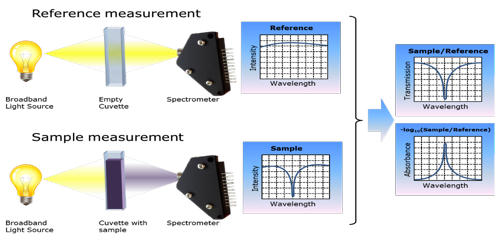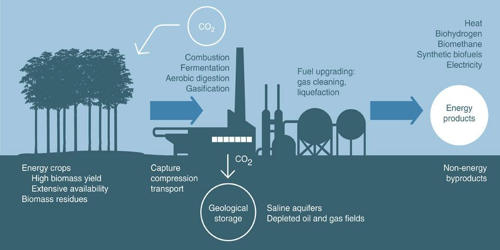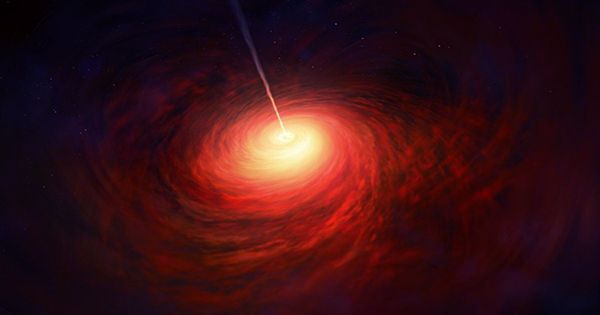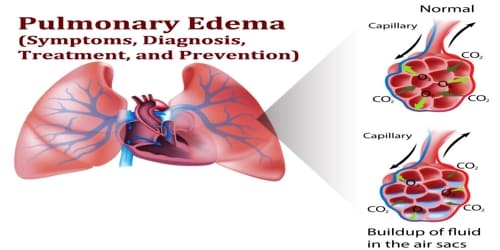The same 20 building blocks, known as amino acids, make up every protein in your body. However, just because nature only has a small toolbox doesn’t mean that humans can’t add to it.
A work by a group that included Pitt scientists was published in Science on July 27, 2023. It shows a potent new method for producing “unnatural” amino acids, which could be used in protein-based therapeutics and open up new fields of organic chemistry.
“This is a completely new transformation: new to nature and new to chemistry,” said Peng Liu, a professor of chemistry in the Kenneth P. Dietrich School of Arts and Sciences and a corresponding author on the paper. “Telling an enzyme to create an unnatural configuration of an amino acid is unusual, and you have to do it with careful bioengineering.”
Unnatural amino acids show potential for developing new types of medicines like antibiotics or immunosuppressants that use proteins or their smaller counterparts since changing just one portion of a larger protein can change how it behaves and what it does.
Creating such molecules in the lab, however, is an onerous, multistep process: As scientists chemically alter the rest of the molecule, the amino acid fragments that connect to one another to form a protein chain must be safeguarded.
However, the procedure outlined in the new research is easier and more effective, and it gives chemists unparalleled control over how atom groups are orientated in the resultant molecule.
It also employs a chemical tool, a PLP enzyme, in an unusual way. Even when bioengineering modifies the functioning of enzymes, which are proteins that generally catalyze reactions, all they can do is accelerate known chemical processes that chemists could accomplish in other, if slower, methods. But the enzyme in this novel reaction can do far more than that when combined with a light-sensitive molecular catalyst.
“You can argue that bioengineered enzymes provide better efficiency than small molecule catalysts, but they catalyze the same reaction,” said Liu, pictured right. “But this is an entirely new reaction. It simply didn’t exist before.”
This is a completely new transformation: new to nature and new to chemistry. Telling an enzyme to create an unnatural configuration of an amino acid is unusual, and you have to do it with careful bioengineering.
Professor Peng Liu
Liu’s group uses computer simulations to figure out the intricate dance that happens in a chemical reaction on the level of atoms and electrons, adding the “why” to the “what” discovered by groups that conduct experiments.
For this paper, Liu and Pitt postdoctoral researcher Binh Khanh Mai, pictured left, worked with a team of researchers at UC Santa Barbara led by Yang Yang a collaboration that’s been going strong since 2014, when Yang spent a summer in Liu’s lab as a visiting graduate student.
Liu and Mai analyzed the information given by Yang’s team to determine how and why the reaction occurred, solving the chemistry-imperceptible intermediary phases in the process. An electron had to travel an extraordinarily lengthy distance on its route between two molecules in one step that the duo examined in great detail.
“We had to do some careful modeling about the likelihood of this because this is the step that’s new to nature, and it supports the entire reaction mechanism,” Liu said.
Underpinning those models is tremendous computing power. Liu cites Pitt’s Center for Research Computing as an essential ingredient in the lab’s success, as the complex simulations the group performs to understand the intricacies of chemical reactions requires time with cutting-edge, powerful supercomputers.
Even so, there are questions still unanswered, and this paper is just the first step in a series of collaborations between the two teams. Liu’s team may be able to harness the odd response in various situations to produce a variety of new chemical tools, medications, and other things if they can better understand why it occurs.
“You can think about how many different types of unnatural amino acids you could make there are an almost unlimited number,” Liu said. “So can we use this insight to develop other new reactions, too?”
















